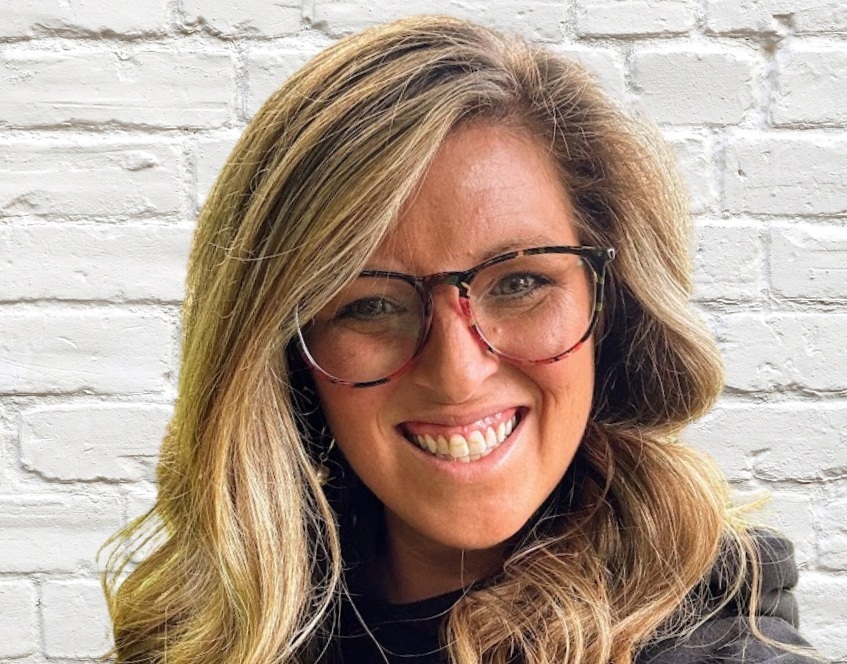Before the 1950s, lead was a common material used for water lines and plumbing. Lead pipes exhibit the dangers of lead leaching out and contaminating the water.
“The primary danger of lead pipes is lead poisoning,” said Mr. Jason Jurey, a science teacher at WHS.
Lead poisoning can cause neurological issues and can also affect the kidneys or other organs.
“Our goal would ultimately be to remove all lead from the city,” said Dana Moore, Wadsworth’s Water Treatment Plant Superintendent. “The city standard for service lines is Type K copper, and has since been in use since the 1950’s.”
The city plans to replace a lead water main on Wolf Avenue in January. When water mains are replaced the new connections from the main to the customer service line will be replaced, meaning all lead will be removed and replaced.
“Wadsworth still has lead pipes, if your home was built before 1950 you might have lead as part of the line that connects the water main to the curb box, where the customer service line starts,” Moore said.
The Water Treatment Plant has not been aware of any customer service lines containing lead in Wadsworth.
“The biggest concern for lead service lines is corrosive water, which can cause lead to leach into the water,” Moore said.
Leaching is a process where water with certain chemical properties corrodes lead pipes and the lead contaminates the water.
“Depending on the water’s chemistry, if the lead interacts with a chemical in the water it pulls lead molecules out of the pipes and that becomes part of the drinking water supply,” Jurey said.
Wadsworth’s Water Treatment Plant operates 12 different water wells that bring water into the plant. Water brought in from the wells goes through aeration, flocculation/sedimentation, and filtration before being pumped into the distribution system. Plant operators collect samples during each process to confirm the water is safe.
“To ensure the safety of the water we are required to collect 25 bacteria samples each month throughout the distribution system,” Moore said. “Each week we collect 4-7 samples for bacteria and chlorine levels covering all four quadrants of the city.”
Daily samples of the water are also taken to maintain pH, fluoride, and chlorine at acceptable levels.
During treatment processes, chemicals are added to the water, and quicklime is added into the water to control pH and remove hardness and iron. Hydrofluorosilicic acid and Zinc Orthophosphate are added into the water as well to protect the water distribution lines.
Categories:
Wadsworth Plans For Removal Of Lead Pipes

0
Donate to The Bruin
Your donation will support the student journalists of Wadsworth High School. Your contribution will allow us to purchase equipment and cover our annual website hosting costs.
Navigate Left
-
![Wadsworth's Class Of 2025 Walks At Graduation Ceremony [Photo Gallery]](https://wadsworthbruin.com/wp-content/uploads/2025/05/IMG_9018-1-1200x800.jpg) NewsWadsworth's Class Of 2025 Walks At Graduation Ceremony [Photo Gallery]
NewsWadsworth's Class Of 2025 Walks At Graduation Ceremony [Photo Gallery] -
 NewsSafety Forces Camp Starts Up Again
NewsSafety Forces Camp Starts Up Again -
 NewsWadsworth Juniors Participate In Students In Government Day
NewsWadsworth Juniors Participate In Students In Government Day -
 NewsWadsworth Community Radio Holds a Summer Fun Contest for 2025
NewsWadsworth Community Radio Holds a Summer Fun Contest for 2025 -
 NewsWadsworth Schools Eliminating Added Sugars To Breakfast
NewsWadsworth Schools Eliminating Added Sugars To Breakfast -
 NewsSafety Town is Accepting Registrations Now
NewsSafety Town is Accepting Registrations Now -
 NewsWadsworth Public Library Makes Renovations
NewsWadsworth Public Library Makes Renovations -
 NewsWHS Students Attend a Youth Leadership Rally in Columbus
NewsWHS Students Attend a Youth Leadership Rally in Columbus -
 NewsWHS Seniors Gather Before Sunrise
NewsWHS Seniors Gather Before Sunrise -
 NewsBrian Luck Completes His Student Teaching At Wadsworth High School
NewsBrian Luck Completes His Student Teaching At Wadsworth High School
Navigate Right
About the Contributor

Lezlie Tinney, Social Media Editor

























